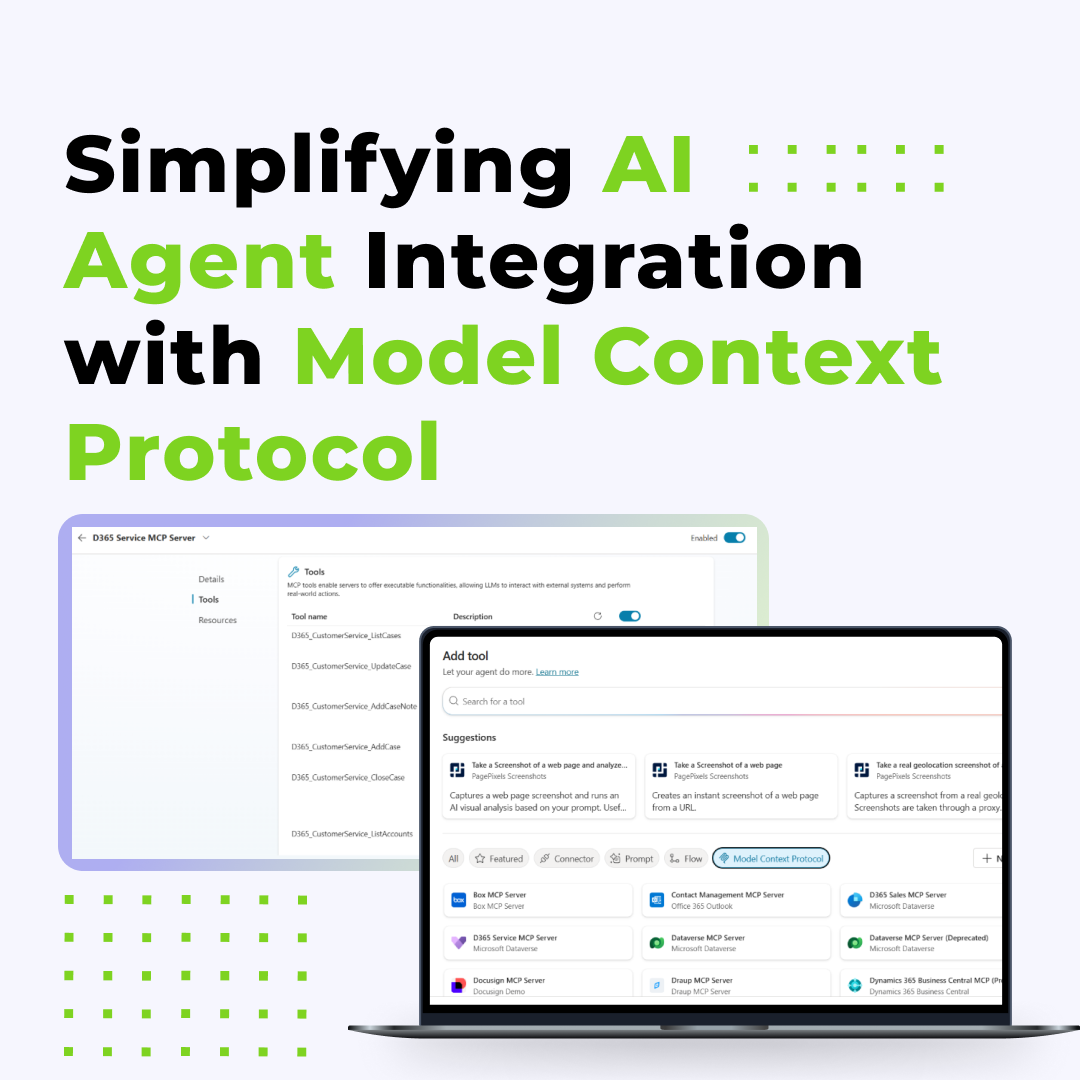Home » Improving agent efficiency: A guide to Unified Routing in Dynamics 365 Customer Service
Improving agent efficiency: A guide to Unified Routing in Dynamics 365 Customer Service
In the busy world of customer service, efficiency is a priority. Dynamics 365 Customer Service, an add-on to Dynamics 365, stands out as a robust solution for businesses aiming to effectively manage their customer interactions.
Following our recent article on Dynamics 365 Customer Service (and the related product, Dynamics 365 Contact Center), I’ll now expand on its key feature that’s revolutionizing how inquiries reach your agents: Unified Routing.
The evolution of query routing
Before Unified Routing, managing the flow of customer queries within Dynamics 365 could feel, well, less than unified. Dynamics 365 Sales lacked routing capabilities altogether. Dynamics 365 Customer Service introduced some basic routing, which was very limited.
The first simple routing system sent customer inquiries to dedicated queues. It categorized them by case records and required consultants to manually select each case. It was a time-consuming process that was not focused on optimal customer outcomes.
Fortunately, those times are over, and both applications – Dynamics 365 Sales and Dynamics 365 Customer Service (as well as D365 Contact Center) – now have advanced work distribution engines. Today, we’ll focus on the capabilities within Customer Service.
How does Unified Routing work?
- Skills: matching the inquiry's needs with the agent's expertise.
- Availability: ensuring agents aren't overloaded and are ready to assist.
- Capacity: balancing workloads effectively across the team.
- Communication channel: optimizing responses based on how the customer reached out.
This intelligent distribution not only balances the volume of inquiries between agents and makes it easier to understand the overall demand but also allows for more efficient and personalized customer interactions.
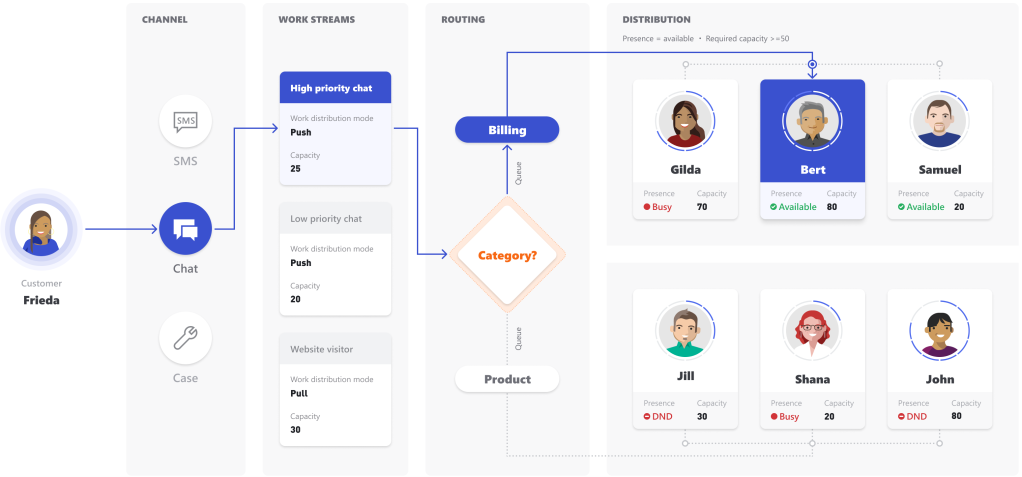
Workstreams
Just like in the past, we can define and filter the inquiries that are to be assigned to agents. As a new feature, the workstream became the configuration center for managing different types of inquiries. Here, we can define all the necessary rules and conditions for how cases are distributed, e.g. according to the skills needed to solve a particular problem. We can also dynamically update the requirements as our needs evolve.
Here we also set the distribution criteria and agent capacity. This capacity is defined by the work item type – each one can have its own or even several capacity profiles.
We can dynamically set or modify how many cases of different types (or across different communication channels like email and chat) an agent can handle at a time. For example, we can state that they can simultaneously handle 3 cases, 2 emails and 1 chat thread.
The workstream also allows us to determine if an AI agent should initially engage with the customer and how new task notifications are presented to your team.
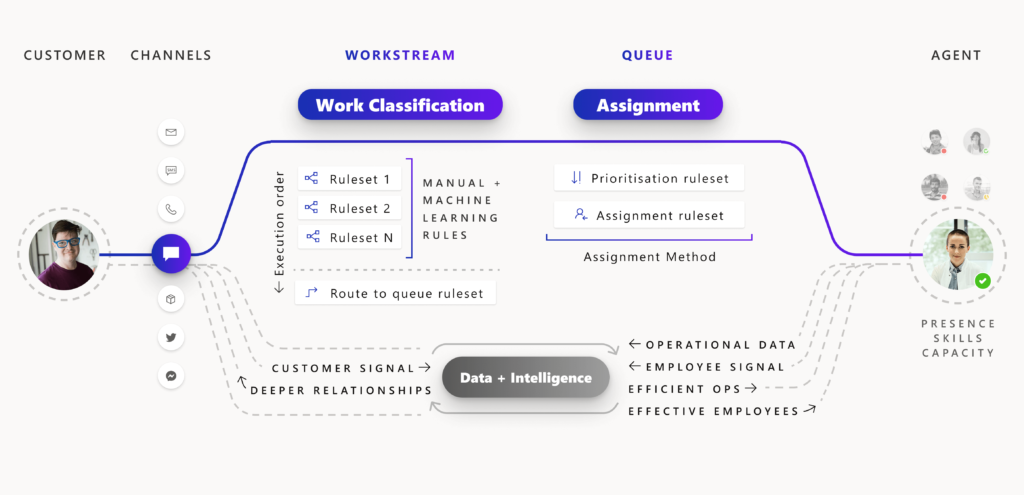
Routing criteria
Queue-based routing
Condition-based routing
Sentiment-based routing
Effort-based routing
Preferred agent routing
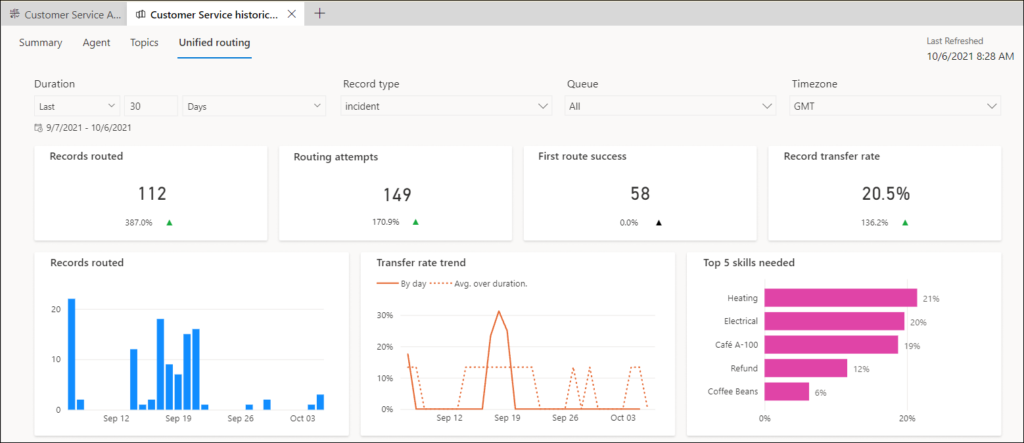
Assignment criteria
- Capacity - the task is assigned to the agent with the lowest current workload.
- Advanced round robin - work is distributed sequentially, considering the availability and capacity of the identified agents.
- Activity - the agent who has been waiting the longest for a new inquiry receives the next one.
Licensing
- Customer Service Enterprise provides routing of 50 records/user/month for entities within D365
- Customer Service Premium and all Contact Center icenses provide unlimited routing of customer interactions (chat, voice, text message) and 50 records/user/month for other entities.
- Unified Routing add-on packs: if you plan to exceed the above limits, you can purchase additional capacity, increasing the query pool by 10k records/month.
What are the benefits of Unified Routing in Dynamics 365?
Unified Routing is aimed at enhancing and streamlining D365 Customer Service and D365 Contact Center functionalities. The proper use of its components reduces customers’ waiting time and speeds up query resolution, increasing their satisfaction.
From the agent’s perspective, the feature makes work easier with a unified interface and improves efficiency with automated query assignment. This allows them to focus on what they do best – helping customers.
Improve your customer service capabilities
Unified Routing, combined with the upcoming Workforce Management module, is redefining the way customer service teams work. By improving both agent and customer experiences, Dynamics 365 is setting a new standard. This puts pressure on competing solutions that are not as cost-effective or feature-rich, or lack compatibility with other products like D365 Customer Service has with D365 Sales and D365 Customer Insights.
Ready to expand your customer service capabilities? Contact us today to explore which Dynamics 365 solution, powered by the intelligence of Unified Routing, is best for your business. We’re here to guide you through implementation and help you begin a new era of customer excellence.
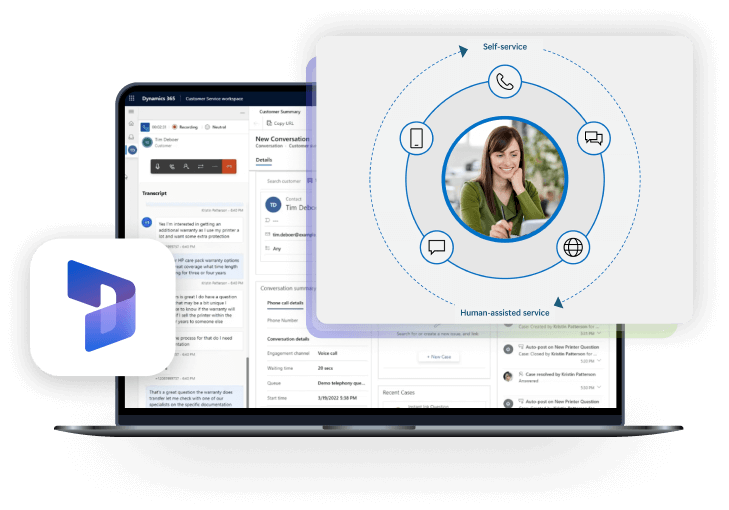
Real results
See the latest insights from Netwise
Why Dynamics 365 Server-Side Sync feels unpredictable – and how to fix it
Why Dynamics 365 Server-Side Sync feels unpredictable — and how to make it consistent, transparent, and user-friendly again.
Read more15 years at Netwise: a conversation with our Chief Delivery Officer
In this article, you’ll learn about Adrian Wieczorek’s journey from developer to Chief Delivery Officer and how Netwise has evolved over the past 15 years.
Read moreSimplifying AI Agent Integration with Model Context Protocol
In this article, you’ll learn how MCP connects Copilot Studio agents with external systems for faster deployment, lower costs, and greater autonomy.
Read more

